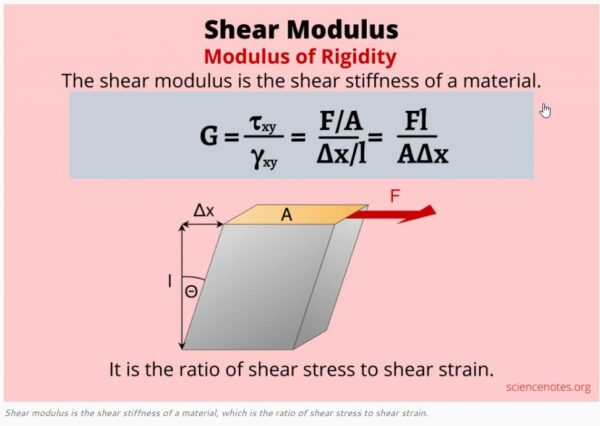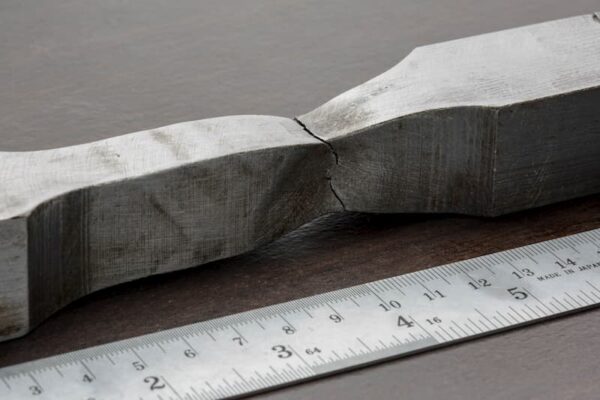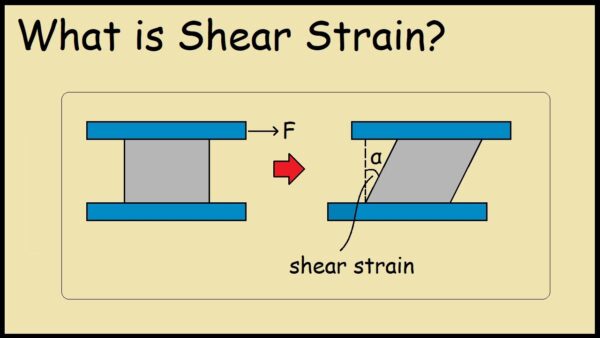Torsional or Shear Modulus of Elasticity: An In-Depth Guide
When a cylindrical object is subjected to a twisting force, it experiences torsion. The torsional modulus of elasticity, also known as the shear modulus or modulus of rigidity, is a measure of a material’s resistance to twisting and shear deformation under torsional stress. This key material property is essential for engineers and researchers working with…






